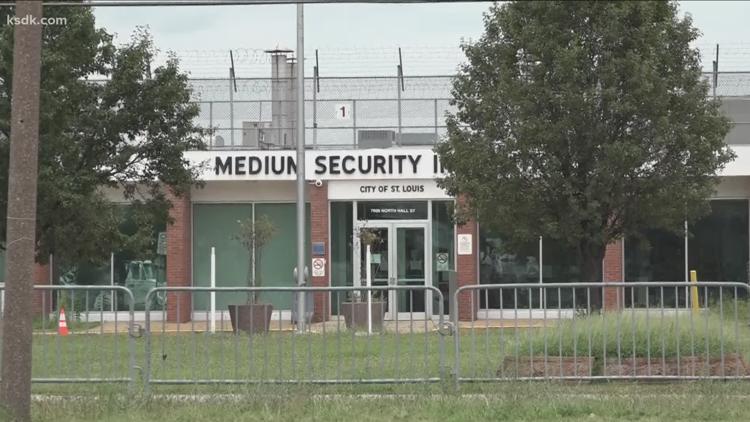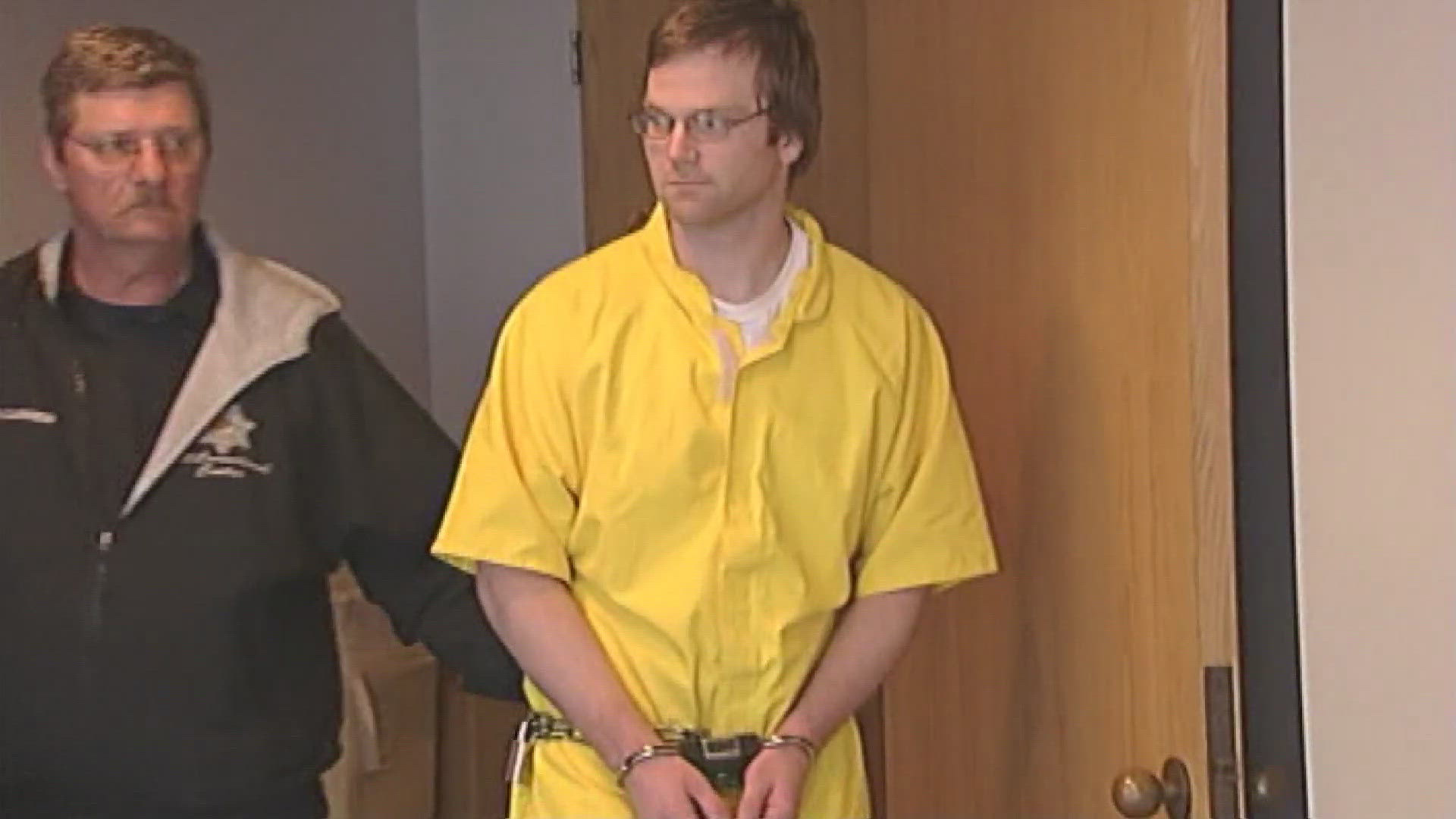ST. LOUIS — There’s been a lot of talk about the types of detainees held inside the city’s jails as Mayor Tishaura Jones’ July 1 deadline to close one of them is fast approaching.
The I-Team wanted to know the breakdown of the types of offenses detainees housed in the two facilities have been accused of committing, as Jones and members of her administration say they want to reduce the jail population even more before consolidating the two locations.
Only judges can decide who gets to go home and who must remain incarcerated while awaiting trial or a plea deal from Circuit Attorney Kimberly Gardner.
Court officials say the majority of inmates in the city’s jails have appeared before two judges, who set their bonds.
At any given time, only a week’s worth of detainees are waiting for their appearance before a second judge, who decides whether to uphold their original bond.
A recent Supreme Court ruling prohibits judges from setting bonds to keep people incarcerated because they cannot afford to pay their bond.
But both sides, prosecutors or defense attorneys, can ask for bond review hearings, and they're not limited to one.
It's up to a judge to decide whether to grant another bond review, should defendants cite new mitigating factors such as a change in their housing status. Prosecutors might cite new aggravating factors to keep the accused detained.
Right now, the Criminal Justice Center downtown houses those accused of the highest level of violent crimes such as first-degree murders, assaults, robberies and domestic assaults, as well as those awaiting their day in federal courts.
It’s also been the scene of two riots this year, with detainees freeing themselves from their cells because of faulty locks, attacking a guard, setting fires, breaking windows and doing other damage throughout the facility.
The city’s other facility, the Medium Security Institution, also known as MSI or The Workhouse, houses offenders accused of lower-degree offenses such as robberies, assaults, sexual offenses and order of protection violations.
A recent snapshot of both facilities showed a total of about 775 inmates. The breakdown of the types of crimes they are accused of committing:
- 364 Class A felonies including murder, assault, robbery and domestic assault
- 112 Class B felonies including second-degree robbery, assault and some sexual offenses
- 94 detainees from other jurisdictions including federal detainees
- 8 misdemeanors, which include order of protection violations
- 2 city ordinance violators
- 47 unclassified felonies including some sex offenses and gun crimes
- 23 C felonies including drug offenses, drug possession cases in which the detainee likely has another offense in their record
- 125 Class D felonies including unlawful possession of a weapon and other gun-related charges



